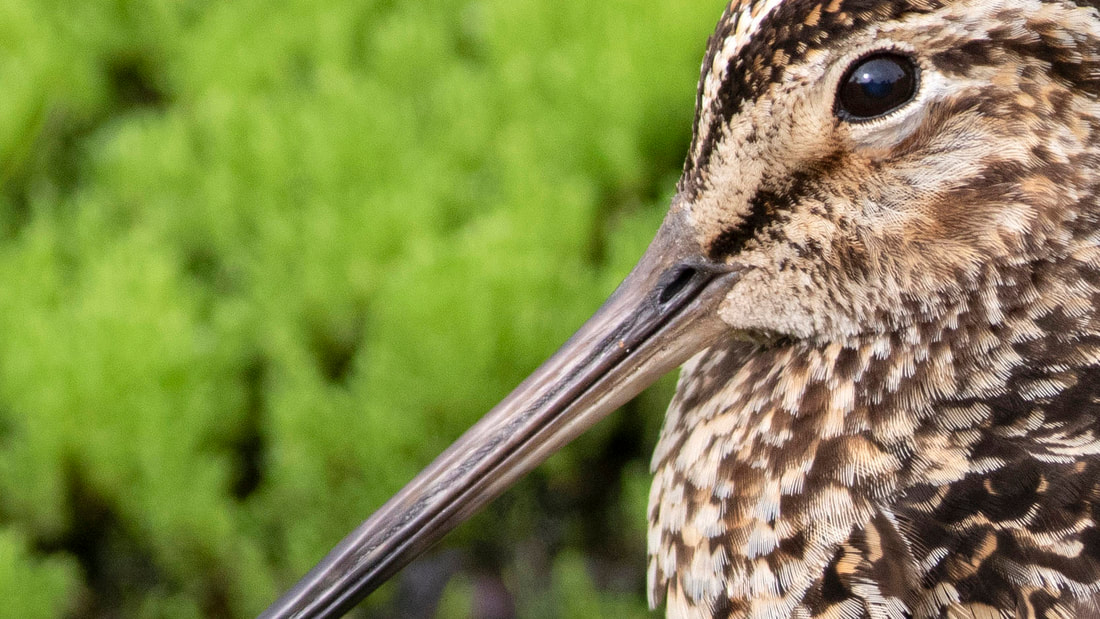|
The Reting monastery was left in the afternoon on 6 October, and we headed for the city of Dam Chong. The night was spent there, a really cold night in fact, and we turned our noses towards the famous Nam Tso ("Sky Lake") in the morning. A really nice and cooperative adult Lammergeier posed just 50 meters from the road some kilometers west of Dam Chong. Once again we had to experience a rather bumpy road, but with stunning scenery when driving over a mountain pass reaching 5120 masl. On these elevations we saw lots of snowfinches, including both the Tibetan and White-winged Snowfinch. Also very present were Horned Larks, being common all through the day. Male and female White-winged Redstarts at Nam Tso lake. When closing up to the Nam Tso there was a huge wetland along the road. I really had good hopes of spotting the Black-necked Crane, but intense binocular scanning did not give any positive results. The lake Nam Tso did not really offer any numbers of birds, but several Great Crested Grebes were feeding outside the shoreline. However, on land there were more feathered animals to watch. The most numerous were Horned Larks, Tibetan Snowfinches and Plain Mountain Finches. We tried hard to identify some eastern larks within the parties of Greater Short-toed Larks, but unfortunately with no luck. While watching four soaring Upland Buzzards above the hills, a female plumaged Rufous-tailed Rock Thrush showed well - a nice addition to the list. Also more common than before on this trip were White-winged Redstarts (pictures above), being common all over the Nam Tso area. On our return from Nam Tso we checked the large wetaland again. Ruddy Shelducks were common, and we also spotted our first group of Bar-headed Geese. Further scanning produced the awaited Black-necked Crane. Five birds were feeding in the middle of the wetland, on a distance of several kilometers from us. When closing up a bit one of the cranes turned out to be a Common Crane - a good bird in this area. Our forth species of snowfinch was also identified here, the Rufous-necked Snowfinch. Today was mainly spent in the car, travelling back to Lhasa. We counted the birds at the wetlands outside Dam Chong before the return in the morning. There were lots of nomads here, and thousands of Yaks. Ruddy Shelducks were the most common species, but several Common Buzzards and Common Kestrels were hunting for Pikas. A nice male Hen Harrier hunting near the marshes was our only new species today. A total of 19 Black-necked Cranes were feeding among the Yaks, and a couple of family groups of the Hume's Groundpecker were around. Total list from these days: Bar-headed Goose (8), Ruddy Shelduck (150), Hill Pigeon (common), Oriental Turtle Dove (20), Black-necked Crane (23), Common Crane (1), Great Black-headed Gull (12), Lammergeier (15), Himalayan Griffon Vulture (25), Hen Harrier (1), Eurasian Sparrow Hawk (1), Common Buzzard (10), Upland Buzzard (5), Common Kestrel (common), Great-crested Grebe (15), Black-billed Magpie (20), Humes Groundpecker (13+), Red-billed Chough (50), Common Raven (6), Rufous-tailed Rock Thrush (1), White-winged Redstart (30), Black Redstart (3), Common Stonechat (5), Eurasian Crag Martin (20), Winter Wren (2), Greater Short-toed Lark (30), Oriental Skylark (25), Horned Lark (150+), Eurasian Tree Sparrow (common), White-winged Snowfinch (25), Tibetan Snowfinch (100+), Rufous-necked Snowfinch (10), White Wagtail (45), Himalayan Accentor (1), Robin Accentor (45), Brown Accentor (15), Twite (50), Plain Mountain Finch (55), White-browed Rosefinch (2), Beautiful Rosefinch (10) and Great Rosefinch (20).
|
StorymapsBlog archive
May 2024
|







 RSS Feed
RSS Feed
